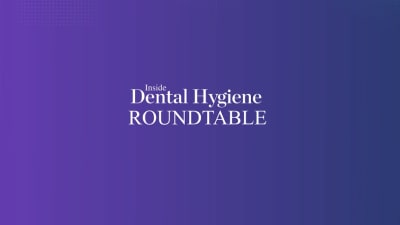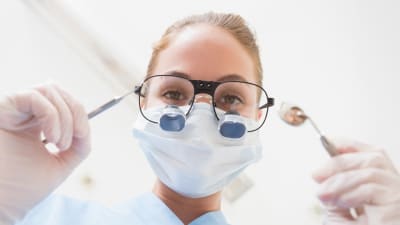
False
Advertisement
Continuing Education
Latest Courses

Dental Implant Management
Isis Marsh RDH, MS; and Catherine Monchik, RDH, MS
CE Credits: 2
Cost: $18.00

The Impact of Stress, Anxiety, and Depression on Oral Health
Layal Bou Semaan, DDS; and Maria L. Geisinger, DDS, MS
CE Credits: 2
Cost: $16.00

Beyond Biofilm
Felipe D. Ouriques, DDS, MS; and Maria L. Geisinger, DDS, MS
CE Credits: 2
Cost: $16.00
Latest Webinars

Safe Water, Safe Work: Mastering Waterline Best Practices
India R. Chance, RDH, CDIPC
CE Credits: 1
Cost: $0.00

IDH Roundtable: Preventive Protocols for 2025 and Beyond
Joy D. Void-Holmes, RDH, BSDH, DHSc; Michelle Strange, RDH, MSDH; India Chance, RDH, CDIP; LaVerne Thomas, RDH, BSDH
CE Credits: 0
Cost: $0.00

More Than Just Dry Mouth: Validating and Supporting Patients with Xerostomia
Jo-Anne Jones, RDH, FIADFE
CE Credits: 1
Cost: $0.00
Latest News
False
Advertisement










